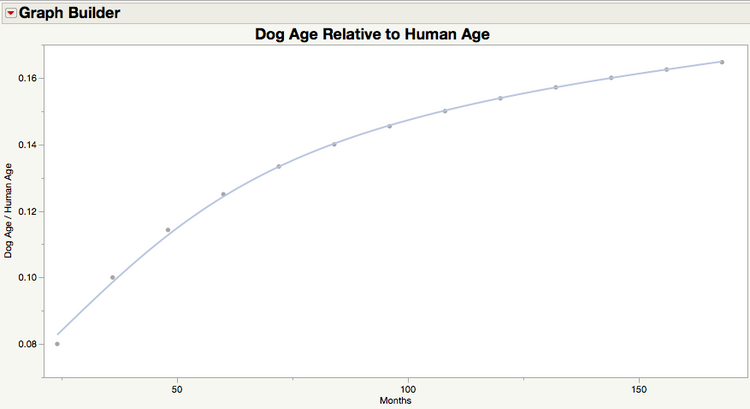 Luna at one monthMy daughter has wanted a dog since she could say the word. She memorized an encyclopedia of dog breeds when she was five. First, she first wanted a Nova Scotia Duck-Tolling retriever, then it was a sheltie, and finally she settled on a Siberian Husky.
Luna at one monthMy daughter has wanted a dog since she could say the word. She memorized an encyclopedia of dog breeds when she was five. First, she first wanted a Nova Scotia Duck-Tolling retriever, then it was a sheltie, and finally she settled on a Siberian Husky.
My husband and I both had family dogs growing up and wanted to have a dog, but we both travel for work. So we wanted our daughter to be older and more responsible to help (especially with a high-energy breed like huskies!). After saying no for years (we have other pets — cat, hedgehog, fish), we finally agreed and began to research and prepare for some months before finding the husky puppy our daughter selected, which she named Luna.
Wanting to facilitate the housetraining, I insisted that everyone collect data on Luna’s business, noting the time, and being watchful for what signals she was sending to minimize accidents, which were also recorded. My daughter had researched that for each month a puppy ages, the puppy develops greater bladder control with the ability to hold it for about an hour longer. Eager for Luna to get to the point of sleeping through the night, I wanted to see the time lengthen between incidents; so all the data went into JMP.
I first showed this graph to my daughter using the free JMP Graph Builder App for the iPad. Further research revealed that puppies don’t have fully developed bladder muscles until 4-6 months, which is quite evident in this graph. (Luna was three months old when we got her, and soon after things stabilized, we stopped recording the data.)

The similarities between caring for a toddler and for a puppy were striking, which made me curious about developmental comparisons to humans. I found a website that lets you enter your dog’s breed and age in months to compute a rough equivalent in human years. Dogs develop more rapidly in the first few years, making the oft-cited 1:7 ratio for dog years relative to human years not really applicable. Since I have photos approximately corresponding to each month of Luna’s life, I thought it would be fun to show the progression using images as markers in Graph Builder in JMP.
If we plot canine age relative to human age, it’s a simple linear relationship for the first year. To better show the more rapid rate of development early on, I include a plot showing dog age divided by human age.

And here is Luna’s age trajectory relative to human age for her expected life span.

Go over to JMP Public to find similar graphs and the data.
Luna is almost 20 months now, so that's the equivalent of a 15-year-old. Given the breed and that my daughter is also 15, there is no shortage of attitude in our house! It helps that we all get plenty of exercise because we have to make sure Luna gets hers.
Always looking for ways to engage Luna’s brain, I was excited to learn about “nose work," or scent detection, in the book Being a Dog. It turns out that a beginner nose work class is offered where we completed Luna’s basic obedience training, and we signed her up. I don't know what opportunities there may be to collect data on her progress, but it will be fun to see how she does!